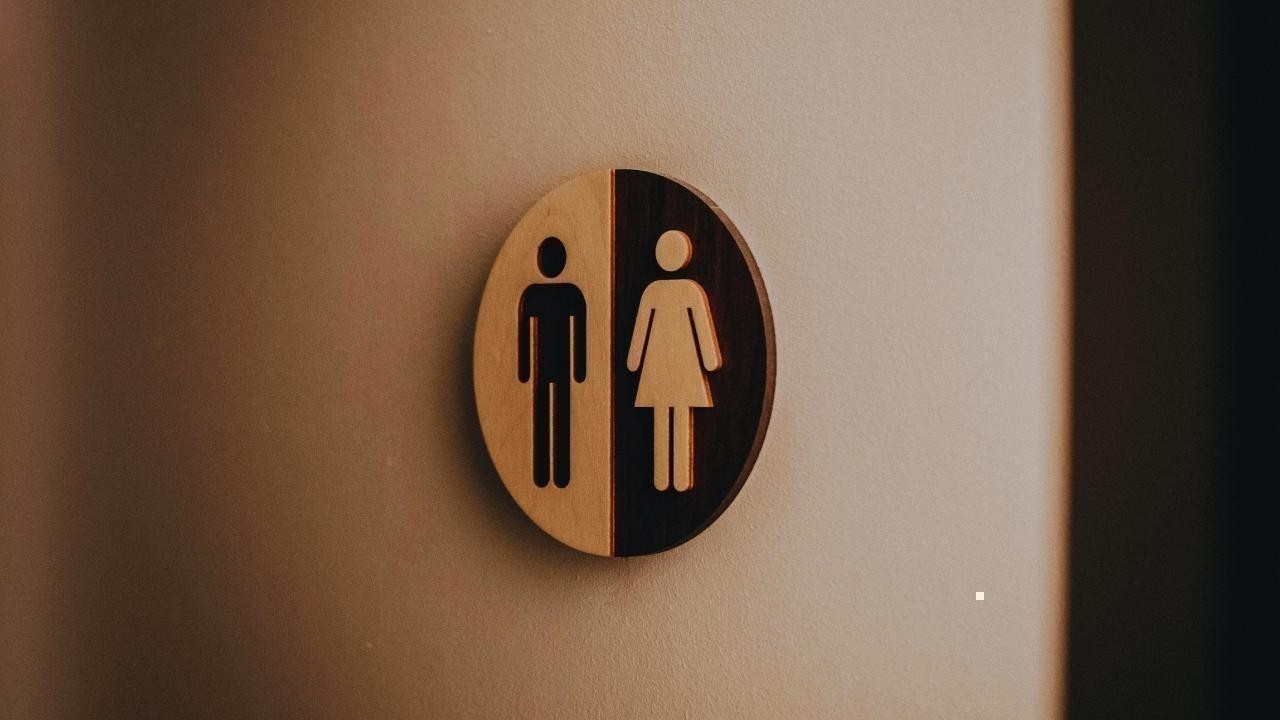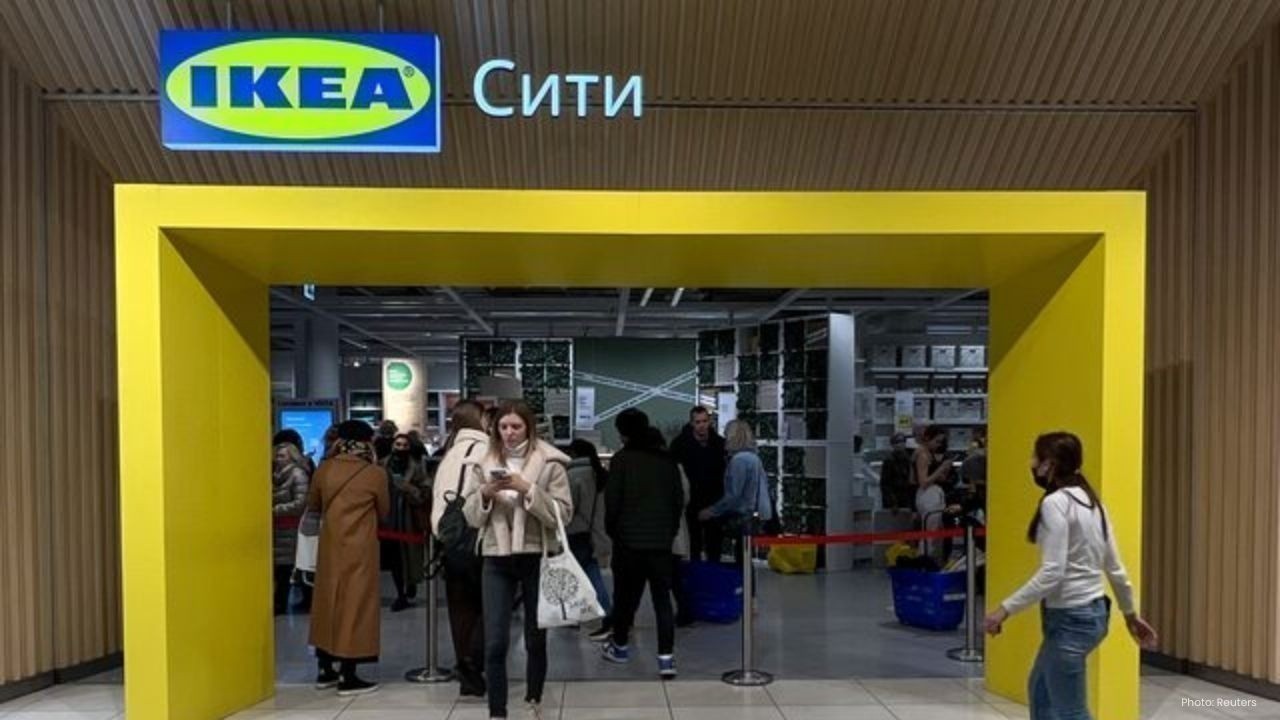
Post by : Anis Karim
The Silent Engineering Marvel in Every Flight
When you step onto an aircraft, your attention is likely focused on the journey ahead, the meal service, or perhaps the in-flight entertainment. Rarely does one think about what happens when nature calls at 35,000 feet. Yet, the technology behind the humble airplane toilet is a stunning example of modern engineering. Efficient, hygienic, and often taken for granted, the airplane toilet is far from ordinary. It’s a system that must overcome gravity, pressure, and hygiene challenges — all within a tightly packed tube hurtling through the sky.
Most passengers assume that airplane lavatories function similarly to those on the ground — a simple flush-and-drain process connected to a septic system. But the reality is far more complex and, frankly, fascinating. Let’s explore how airplane toilets work, what makes them different, and why their engineering is a crucial part of aviation safety and comfort.
Older aircraft once used chemical toilets — essentially glorified portable loos — that relied on blue-colored disinfectant liquid to break down waste and reduce odor. These systems were heavy, inefficient, and notoriously difficult to clean.
Modern commercial aircraft, however, have transitioned to vacuum toilets, which use remarkably little water (about half a liter per flush) compared to the 6-7 liters used in domestic systems. This shift not only reduces the aircraft’s weight — saving significant amounts of fuel — but also helps prevent potential plumbing clogs and maintenance nightmares mid-flight.
The vacuum toilet system works by using a powerful suction force, created by pressure differences inside and outside the aircraft. When you hit the flush button, the waste is sucked through a narrow pipe into a sealed waste tank located at the rear or bottom of the plane.
You might wonder: if waste just gets sucked down, why not let gravity do the work?
At cruising altitudes, aircraft cabins are pressurized — but not to sea level. The atmospheric pressure inside the cabin is much lower than what we experience on the ground. Traditional gravity-fed plumbing systems simply wouldn’t function efficiently in this environment. Water can behave unpredictably in high-altitude conditions, especially during turbulence.
Moreover, using gravity-based toilets would require a more complex and heavier piping infrastructure to ensure proper drainage — something aircraft engineers avoid at all costs due to weight and space restrictions.
Once flushed, waste doesn’t go flying out into the sky (a common myth!). Instead, it travels through a vacuum-sealed pipeline to a storage tank. These tanks can hold up to 200 liters (depending on aircraft size and model) and are emptied only when the plane lands. Special ground crews connect suction hoses to the aircraft’s exterior and pump out the contents hygienically into airport waste systems.
This operation happens quickly and efficiently, with a strong focus on avoiding contamination. Aircraft waste disposal is handled with the same level of care as fueling or baggage loading — it’s a routine but crucial process.
Ever noticed how the flush on an airplane toilet makes a loud whooshing noise? That’s the sound of the vacuum system at work — a signature of air travel that many find oddly satisfying or startling.
The flush mechanism is usually sensor-based or manual-push, depending on the aircraft model. Safety is built into the design: the toilet won't flush while the lid is up, and it automatically resets between uses to prepare for the next passenger.
Interestingly, airlines even factor in toilet usage during flight planning. On long-haul flights with many passengers, the toilet’s functionality becomes a critical element of the comfort equation.
Aircraft toilets must endure frequent turbulence, sudden pressure shifts, and temperature changes. So their structure is built with top-grade, flexible materials that resist leaks and cracks. The waste storage tank is double-sealed and reinforced to ensure that nothing — absolutely nothing — escapes during the flight.
The lavatory unit is also bolted into the aircraft frame with redundancies in place, meaning even if one component fails, a backup prevents catastrophe. This is one reason aircraft bathrooms feel sturdier and more compact than regular ones: every inch is engineered for safety and durability.
With sustainability becoming a key focus in aviation, vacuum toilets are a small but essential part of reducing an aircraft’s carbon footprint. By using minimal water and reducing the need for complex plumbing, these systems help airlines operate more efficiently.
Moreover, the waste collected is often treated and processed by airport facilities using eco-friendly methods. Some airports even recycle the waste into biofuel or compost materials — a far cry from the myths about waste being dumped mid-air.
Let’s address a persistent myth: No, airplanes do not release waste mid-air. This is not only illegal but technologically impossible with the design of modern aircraft waste systems. Any ‘blue ice’ incidents reported in the past were rare leaks from external waste valves — not intentional dumping.
The FAA and international aviation authorities have strict regulations in place to prevent any form of mid-flight waste disposal. Ground teams are responsible for emptying the waste tanks at designated service points only, and any malfunction is flagged immediately in aircraft maintenance logs.
It does happen — albeit rarely. If one toilet becomes non-functional, passengers are redirected to the others. Most long-haul aircraft have multiple lavatories, and the cabin crew is trained to handle such situations calmly.
However, if all lavatories become non-operational (due to a central vacuum failure), the aircraft may be forced to land early. While inconvenient, passenger safety and hygiene always take precedence.
Space on an aircraft is a premium commodity. Lavatories are intentionally designed to be compact to maximize seating and service areas. Everything — from the folding sink to the paper dispensers — is built to fit snugly while still complying with safety codes and accessibility laws.
In recent aircraft designs, airlines are exploring even more space-saving lavatories using modular components, retractable walls, and efficient lighting. Some even come equipped with baby-changing tables, touchless taps, and antimicrobial surfaces.
The loud flushing sound can reach up to 90 decibels — equivalent to a lawn mower!
Boeing’s patented vacuum toilet system was introduced in 1982, revolutionizing in-flight sanitation.
Some airline toilets now come with air purifiers and motion sensors for hands-free operation.
The average long-haul flight generates around 75 to 150 liters of human waste.
As technology continues to advance, airplane lavatories are also undergoing upgrades. Concepts being explored include:
Self-cleaning toilets that sanitize between uses using UV light.
Smart lavatories with real-time maintenance alerts.
Touchless everything — from doors to flush buttons — reducing germ spread.
There's even research into compostable toilet systems that further reduce the need for waste transport and energy-intensive disposal.
These advancements align with the broader trend of improving in-flight passenger experience while maintaining strict health and environmental standards.
Airplane toilets are more than a convenience — they’re a testament to problem-solving at high altitudes. Their design reflects the intersection of engineering, hygiene, human behavior, and environmental responsibility. By understanding how they work, passengers can gain new respect for the systems that support us quietly and efficiently, even in the most unlikely places.
Next time you hear that familiar suction sound behind the lavatory door, take a moment to appreciate the innovation that goes into something we all use — but rarely think about — when we fly.
This article is a general informational feature published by DXB News Network. It is not associated with any specific airline or aviation company. All technical details are simplified for the benefit of a broader audience and do not substitute expert engineering sources or regulatory guidelines.

IKEA India Leases 37K Sq Ft in Pune Mall for City Store
IKEA India secures 37,259 sq ft at Phoenix Marketcity, Pune, marking a key step in its city-store ex

UAE-Oman Rail Freight Service Set to Boost Regional Trade
Noatum Logistics and Hafeet Rail partner to start UAE-Oman rail freight, enhancing trade, supply cha

Kosovo President Meets Saudi Minister to Strengthen Ties
Kosovo President Vjosa Osmani met Saudi Minister Faisal Alibrahim to strengthen economic ties and ex

TV Star Paridhi Sharma Enters Films with Controversial Haq
Paridhi Sharma marks her film debut with Haq inspired by the Shah Bano case while facing legal hurdl

ChatGPT Voice Mode Set for Major Upgrades This Month
ChatGPT voice mode gets real-time transcripts, mute/unmute options, rich content, and direct messagi

Doncic Scores 49 as Lakers Beat Timberwolves 128-110
Luka Doncic scores 49 points, Lakers shoot 59% to beat Timberwolves 128-110; Austin Reaves, Rui Hach

iOS 26 Adaptive Power iPhones Get Longer Battery Life
iOS 26 brings Adaptive Power to iPhones, extending battery life intelligently without affecting perf

Doncic Scores 49 as Lakers Beat Timberwolves 128-110
Luka Doncic scores 49 points, Lakers shoot 59% to beat Timberwolves 128-110; Austin Reaves, Rui Hach

Sacramento Kings Beat Utah Jazz 105-104 with Late Sabonis Shot
Domantas Sabonis scores game-winner as Kings beat Jazz 105-104 in home opener, Zach LaVine and Malik

Messi’s Argentina Match in India Postponed, New Date Soon
Argentina’s friendly against India in Kochi is postponed due to FIFA approval delays; organizers wil

Rohit and Kohli End ODI Careers in Australia with Win
Rohit Sharma and Virat Kohli bid farewell to Australian ODIs after a final win, forming a 168-run un

George Russell Sneaks into Mexican GP Stands in Wrestling Mask
George Russell wore a Mexican wrestling mask to watch practice from the stands during the Mexican Gr

Dutch Cyclists Van de Wouw and Wiebes Win Second World Titles
Dutch riders Hetty van de Wouw and Lorena Wiebes win second world titles at UCI Track Cycling Champi

Williamson Returns to New Zealand Squad for ODI Series
Former captain Kane Williamson returns for ODIs against England, balancing family, pro leagues, and

Services Bowlers Make History With Two Hat-Tricks in Assam
Services bowlers Arjun Sharma and Mohit Jangra achieved two hat-tricks in Assam’s Ranji Trophy match